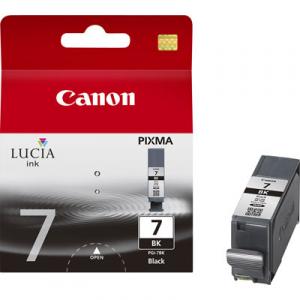Looking for design inspiration? Browse our curated collections!
June 6th, 2009 - 09:10 AM

I have finally taken the plunge and entered the world of producing my fine art prints with a quality ink jet. Previously I have used the lightjet technology for my limited edition prints that produces what some people refer to as a true photograph produced using the C-41 chemical process and traditional papers. I have been using a Canon S-9000 to produce proofs of my images, which has been a learning curve, but it is really nice to be able to produce a proof on 13" x 19" paper. As I learn more about producing my own fine art inkjet prints I decided it's time to share some of the things I have learned. Hopefully this will be the first of many posts concerning printing.
One of the down sides of the S-9000 is that it can't print a true black and white print. With only one black ink tank it always produces a print with a slight magenta cast. Since I like to shoot black and white at times I decided it was time to upgrade to a printer with multiple black inks that could produce a true black and white print. As I started looking at the reviews I noticed some printers used dye based inks while others use pigment based inks. This lead me to finally purchase a Canon Pro9500 printer. I'll discuss the Pro9500 in another post, but I want to get back to discussing ink types.
Many of you are probably asking. "Why should I care about the type of ink used in my printer?" As the Canon site will tell you, "Pigment ink is the preferred ink type for most commercial photo and fine art printers, as it maintains high contrast levels, clarity and color saturation over extended periods of time. Pigment inks produce a solid layer of color, enabling the clarity and vivacity of the print to endure." Long story short, dye inks look vibrant at first, but will lose some of their luster over time. If you are not selling your photographs you may not care about this, but if you are selling prints you don't want to worry about a customer coming back in a year complaining about the color of their print fading.
This brings me to the most important reasons for using pigment ink and that is archival print life and color stability. The dye inks used in most early inkjet printers exhibited signs of fading or shifts in color after a short period of time. This has improved with recent models of printers, but is still a factor. As a result, the fine art markets have turned to pigment inks. Pigment inks are much more stable and can last more than 200 years on some paper types under ideal conditions, according to testing done by Wilhelm Imaging Research, the leader in this field.
Itís important to note that the paper is as important as the ink in measuring print life. Glossy papers are usually the worst offenders in terms of print life, but any paper with optical brighteners used to make a paperís finish brighter will have issues with ultraviolet light or atmospheric pollutants. This is why companies like Hahnemuehle and Moab have been so successful with their natural-fiber papers, even though they donít have the brightness that we have become used to in the world of the consumer inkjet.
Don't get me wrong, pigment inks arenít perfect. They are much more expensive than dye inks, and they donít have the brightness and broad color gamut that dye inks have. As I have found out with the Canon Pro9500, most local stores do not carry repalcement ink tanks and I must order on-line meaning I need to keep a small stock of ink on hand. The last thing I want is to get a call asking for prints that are needed quickly and I have to order ink.
So why would you want a more expensive, pigment-based printer and specialized papers? The reason is money. If you are a photographer or an artist looking to sell your work, the stability and longevity of pigment-ink-based prints means that you can do so with confidence.
Pete Hellmann Photography
Buy Fine Art Prints
Pete's Photo Blog
Comments
There are no comments on this blog. Click here to post the first comment.